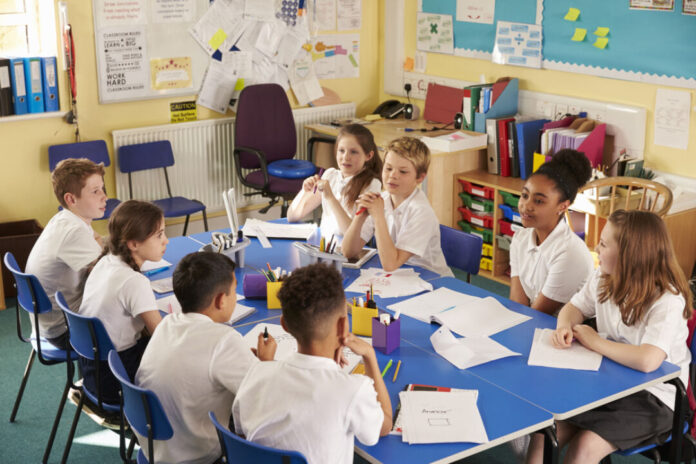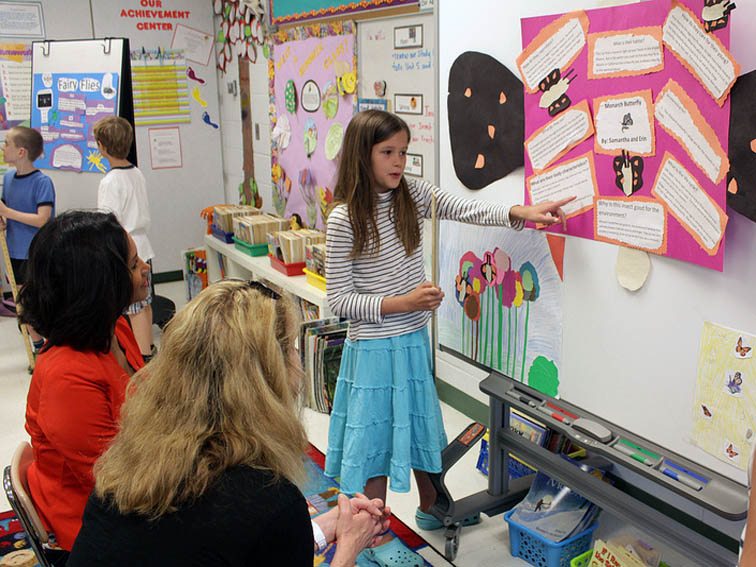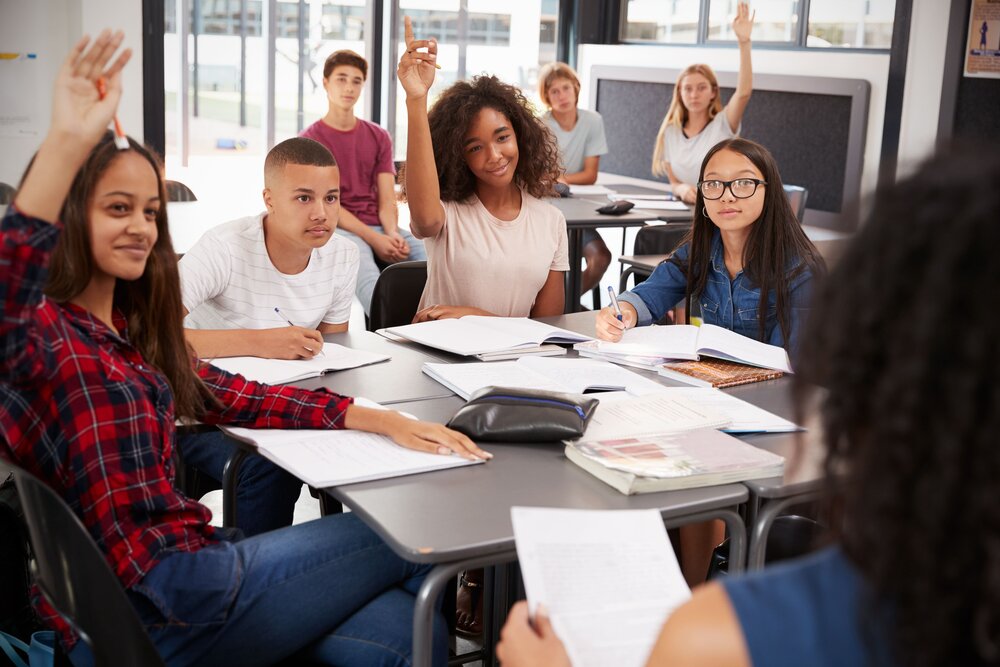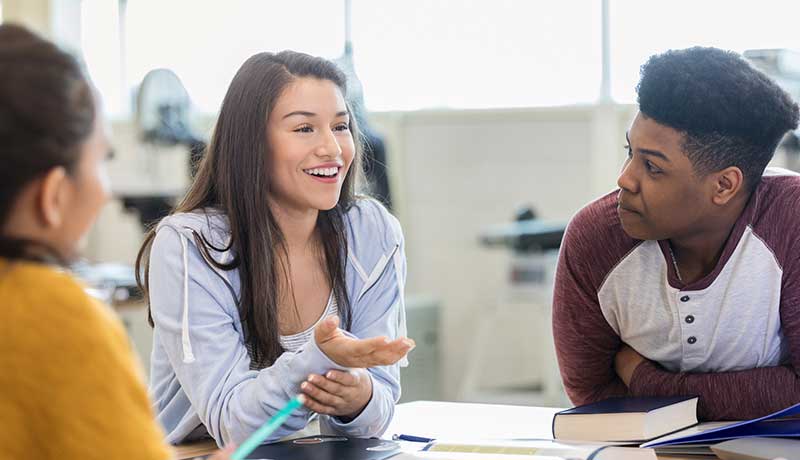
Educators are continually developing new practices and ways of teaching and learning to improve student outcomes, whether they are teaching kindergarten or at a university. Two forms of learning that are currently popular are collaborative and dialogic learning, with many educators reporting that these methods increase pupil engagement and improve the standard of education.
Table of Contents
Educational theory

Keeping on top of the latest ideas in education can be challenging when also undertaking the workload of a teacher. But as new practices are recommended, schools and colleges need competent people to support other staff in their understanding. A good way to gain a thorough understanding of new educational practices is to take courses. A master’s in education will provide a comprehensive overview of educational theories and practices, as well as get you up to date with the latest ideas. However, many educators are uncertain about taking the time out of the classroom to embark on further study.
A good option is to gain your master’s through online study. Online master’s degrees provide materials that can be studied in your own time and will help you gain a greater understanding of good educational practices, including collaborative and dialogic learning. These courses are in no way inferior to physical classes and are often offered by some of the world’s top universities. The University of Exeter in the UK is one of the country’s Russell Group universities, a sign of its high standards, and it offers a master’s in education distance learning programme. Designed for those wanting to study while balancing existing commitments, the course’s themes of theory, practice, research, and policy underpin the curriculum of each module.
Collaborative learning

Collaborative learning works on the understanding that when educational experiences are social, active, engaging, contextual, and student-owned, they can be more effective. It can take place with students working in pairs, small groups, or larger ones and can involve peer instruction where pupils teach each other.
It has been found that students who learn through collaborative learning have the chance to develop better communication, leadership and self-management skills, giving them better preparation for employment situations beyond education. It can also help enhance their self-esteem and provide a greater understanding of diverse perspectives.
The role of the teacher in collaborative learning is to set up the task and project, helping the students agree on ground rules. With a new group of students, the teacher may need to spend time helping them get to know each other through icebreaker activities. Once the task is underway, the teacher should monitor the groups and address any questions. However, the emphasis will be on allowing the students to support each other and attempt to sort out any issues before involving the teacher. The teacher will need to monitor the group dynamics and change the roles if necessary to prevent one pupil from dominating to the detriment of others.
The students will need to formulate their plan for achieving the task or project and decide how to organize their group. They will be encouraged to support each other’s learning and can also be involved in assessing each other’s work.
As well as looking at the students’ assessments, teachers can assess student progress as the task is ongoing by observing them working and communicating, and as with any other task, assessing the finished result. When using the students’ own assessments, the teacher needs to be careful as to how much to allow them to influence the final grade. Constructive criticism is valuable, but students may be unwilling to criticize if they fear it may lower the grades of their peers. Or, at the other end of the scale, a student could be harsher than is necessary to a peer they do not get on with.
Dialogic learning

Dialogic learning has a long history. Although UK professor Robin Alexander first coined the term in the early 2000s, the concept dates back to Socrates! A dialogic approach uses questioning and dialogue to build understanding and increase insight. It is the antithesis of the teacher lecturing at the front and the students being passive learners. Instead, students are encouraged to actively participate in dialogue with their teacher and each other.
The role of the teacher is crucial in establishing an atmosphere students feel comfortable contributing to the discussion and asking or answering questions. To encourage dialogue, the teacher should ask questions and open-ended questions where several students can contribute their answers. The teacher may not necessarily need to contribute to the discussions that take place, allowing the students to guide them. However, they need to be ready to intervene to ensure all students get the chance to talk and that no single student is dominating the discussion or interrupting. They may also need to guide the conversation in a way that may encourage greater understanding or encourage moments of reflection for students to organize their ideas.
Using dialogic learning, students will improve their communication skills, vocabulary, and critical thinking ability as they consider other students’ ideas . It can be used in all areas of the curriculum to enhance student engagement in the subject.
To assess student progress as it is ongoing, teachers should listen to the students in their conversations, noting how they contribute and checking for any misunderstandings that need to be addressed. Students may point out each other’s errors, and this should be encouraged in a respectful manner. The more formal assessments will vary from subject to subject, but generally, teachers report that using a dialogic approach boosts understanding, which will be reflected in any formal assessments.
Combining the approaches
With the amount of conversation needed in collaborative learning, combining the two approaches can work well. Research into these approaches and how to increase their effectiveness will be ongoing as the world of education never stands still. For educators keen to learn more about these practices and other relevant educational theories, further education for yourself may be the answer.







